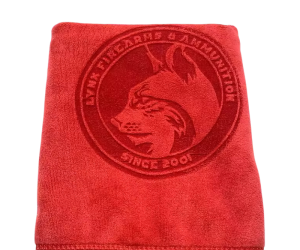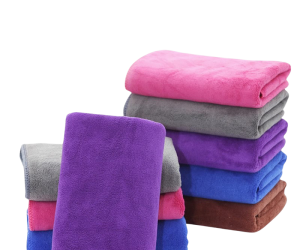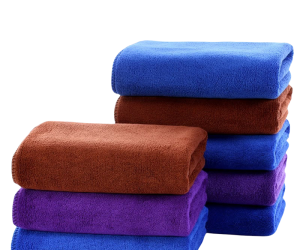Designing a lanyard can be a fun and creative process. Whether you are designing a lanyard for your business, organization, or event, it is important to create a visually appealing design that represents your brand. In this article, we will discuss the steps to design a lanyard.
Step 1: Determine the Purpose of the Lanyard
Before you begin designing a lanyard, it is important to determine its purpose. Will it be used for holding ID badges, keys, or small items? Will it be used as a promotional item for your business or organization? Knowing the purpose of the lanyard will help you determine the design elements to include.
Step 2: Choose the Material and Color of the Lanyard
The next step is to choose the material and color of the lanyard. The most common materials used for lanyards are polyester, nylon, and woven fabric. Polyester is the most cost-effective option and is durable. Nylon is more expensive but is softer and more comfortable to wear. Woven fabric is the most expensive option and offers the highest quality. Once you have chosen the material, choose a color that complements your branding.
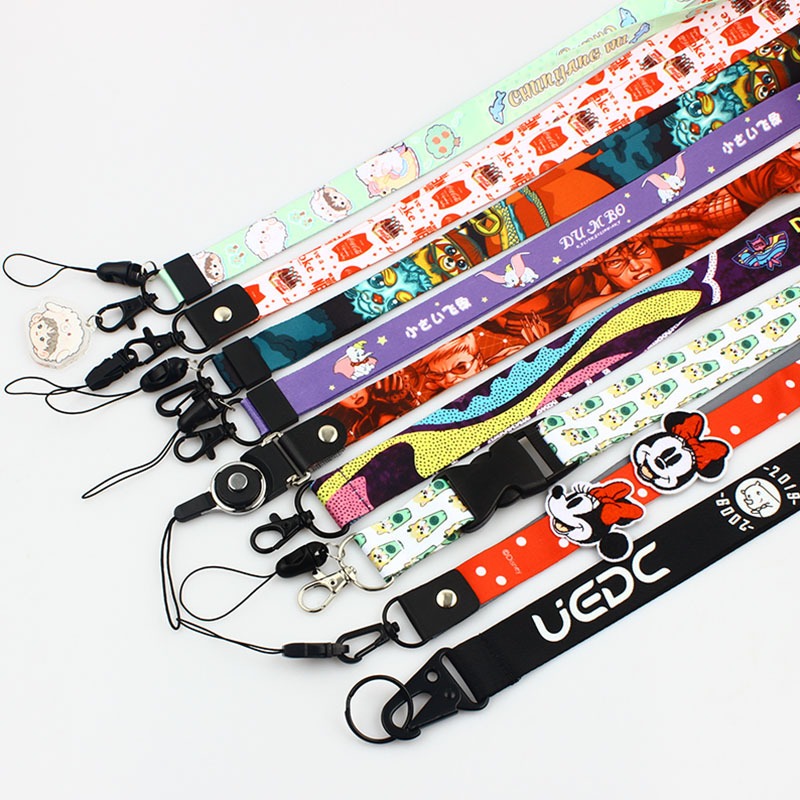
Step 3: Determine the Design Elements
The design elements of a lanyard include the text, logo, and any other graphics or images. Make sure to include your company or organization's name, logo, and any other relevant information. Choose colors that complement your branding and make sure the text is easily readable.
Step 4: Choose a Font
The font you choose for your lanyard can have a significant impact on the overall design. Choose a font that is easy to read and complements your branding. Avoid using too many different fonts, as this can make the design look cluttered.
Step 5: Create the Design
Once you have determined the design elements and font, it is time to create the design. This can be done using design software such as Adobe Illustrator or Canva. Make sure to use high-quality images and graphics for the best results. Consider the size of the lanyard and make sure the design is proportional.
Step 6: Get Feedback and Make Adjustments
After creating the design, it is important to get feedback from others. Show the design to colleagues, friends, or family members and get their opinions. Make any necessary adjustments to the design based on their feedback.
Step 7: Finalize the Design
Once you have made any necessary adjustments, finalize the design. Make sure to save the design in a format that is compatible with the printing method you will be using (e.g. vector format for screen printing).
Conclusion
Designing a lanyard can be an enjoyable and rewarding process. By following these steps, you can create a visually appealing and effective design that represents your brand. Make sure to determine the purpose of the lanyard, choose the material and color, determine the design elements, choose a font, create the design, get feedback and make adjustments, and finalize the design. A well-designed lanyard can serve as a practical and effective promotional tool for your business, organization, or event.
-
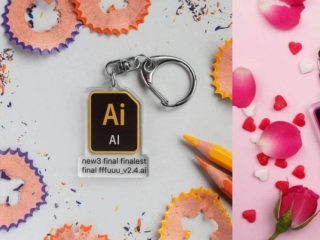 Such a beautiful keychain makes people love and hate!
Such a beautiful keychain makes people love and hate!If you are a designer, then lines like "Tune a little bit here", "Help me change t...
Do you like ?0
Read more -
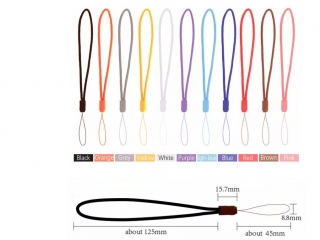 Easy to carry Water Bottle Lanyards buying
Easy to carry Water Bottle Lanyards buying -
 Advantages of using personalized printed Silicone Wristbands
Advantages of using personalized printed Silicone Wristbands -
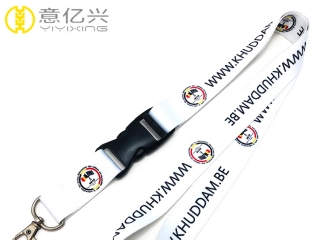 The difference between nylon lanyard vs polyester lanyard - Yiyixing
The difference between nylon lanyard vs polyester lanyard - YiyixingWhat is Polyester Made Lanyards?
When it comes to <...
Do you like ?0
Read more -
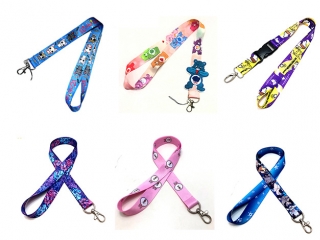 Does Wear Cute lanyard can keep in a good mood?
Does Wear Cute lanyard can keep in a good mood?With the growth of age, girls are more and more inclined to adorabl...
Do you like ?0
Read more -
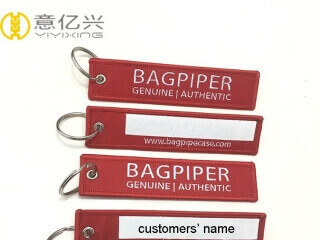 Why not choosing custom flight tags as a gift?
Why not choosing custom flight tags as a gift?Fabric key tag, made by embroidery or woven is one of our new appli...
Do you like ?0
Read more


